Our copy of The Four Holy Gospels arrived at this past week.
I suspect that the daily, weekly routines in offices become second nature to workers, so that after a while you don’t really have to pay attention to know when certain things occur. Or when they are about to occur. We work at home, and my office is on the second floor, at the back of the house with windows that look out onto a woods. Still, even in winter, with windows firmly closed most of the time I can hear the approach of the UPS truck in the front of the house. I like our neighbors but am always disappointed when the package is for them rather than us. I like packages, always have. I knew when the shipper had said I could expect The Four Holy Gospels to arrive, and had marked it on my calendar.
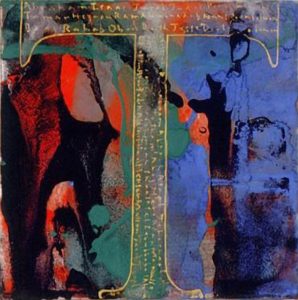 One time I was en route home from a weekend of speaking and was in the Minneapolis airport waiting for my plane to Rochester where we were living at the time. I was people watching, killing time, and noticed my UPS deliveryman checking in at the gate. He turned and noticed me, and I said I recognized him. “I recognize you too,” he replied, and then rattled off my address. “I have no idea of your name,” he said with an apologetic smile. “I just know addresses.” It was interesting to discover how much he knew about us simply from all the packages he had delivered over the months.
One time I was en route home from a weekend of speaking and was in the Minneapolis airport waiting for my plane to Rochester where we were living at the time. I was people watching, killing time, and noticed my UPS deliveryman checking in at the gate. He turned and noticed me, and I said I recognized him. “I recognize you too,” he replied, and then rattled off my address. “I have no idea of your name,” he said with an apologetic smile. “I just know addresses.” It was interesting to discover how much he knew about us simply from all the packages he had delivered over the months.
The Four Holy Gospels is the culmination of a project in which artist Makoto Fujimura illuminated a special printing of the four New Testament gospels. Such illuminated manuscripts of the biblical text were done before the advent of printing, but the art form tended to disappear after Gutenberg’s development of movable type. Fujimura’s work here includes five paintings (a frontispiece, and one for each gospel), initial letters for the text of each chapter, and beautiful (in both proportion and execution) embellishments on each of the two-page spreads of the text itself. Even the clothbound cover and slip box are wonderfully adorned.

I have seen reproductions of illuminated Bibles before, on the Internet and in museums but never held one. Now I sense why Christians over the centuries have lavished such care and beauty on copies of the biblical text. Looking through The Four Holy Gospels makes me want to reread the biblical gospels again. The paintings and embellishments, done with Fujimura’s exquisite skill and wonderment for the gospel story draws me into the text, not just to read but to read slowly, unhurriedly, so that I not merely process a flow of words, or set of ideas, but let the narrative shape me, imagination, mind, and heart. In his Introduction Fujimura notes that “as the new century unfolds before our eyes, we see a conflicted, pluralistic world, where chaos is spiked by religious tensions, and complexity confounds our ability to navigate.” I share Fujimura’s deep conviction that in such times, and for all time, the gospel of Christ provides not an escape plan nor a plan for prosperity nor an antiquated religious code but a promise of redemption that addresses every aspect of life, culture and reality. In Christ we hear the call of the personal infinite God, Father, Son and Holy Spirit that a way has been provided to the home and father we have yearned for but that always seems to remain just outside our grasp.
The Four Holy Gospels is by far the most expensive book I have ever purchased. It is worth every single, last penny.


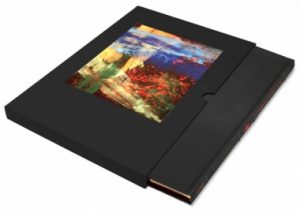
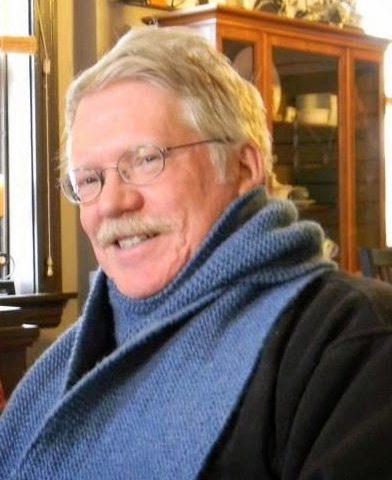
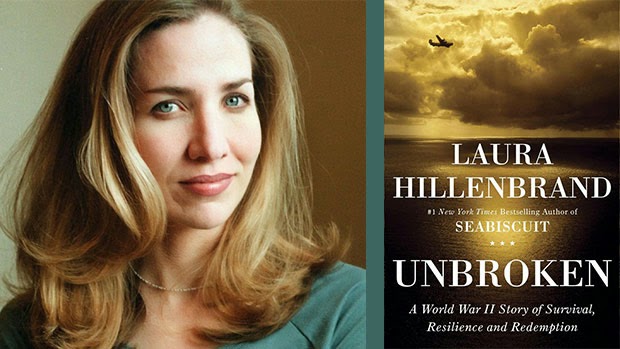
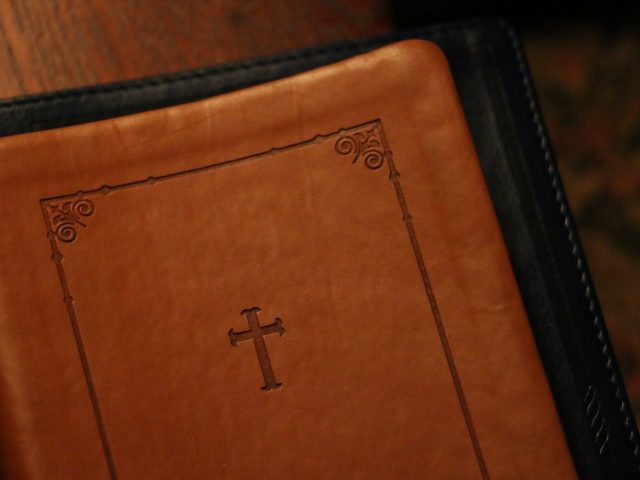
My husband and I felt the same way about the Four Holy Gospels when our copy arrived. It begs to be read aloud and savored, and not just at Christmas either!
Wow! What a beautiful book. Thanks for letting me know it is out there. It will definitely go on my wish list!